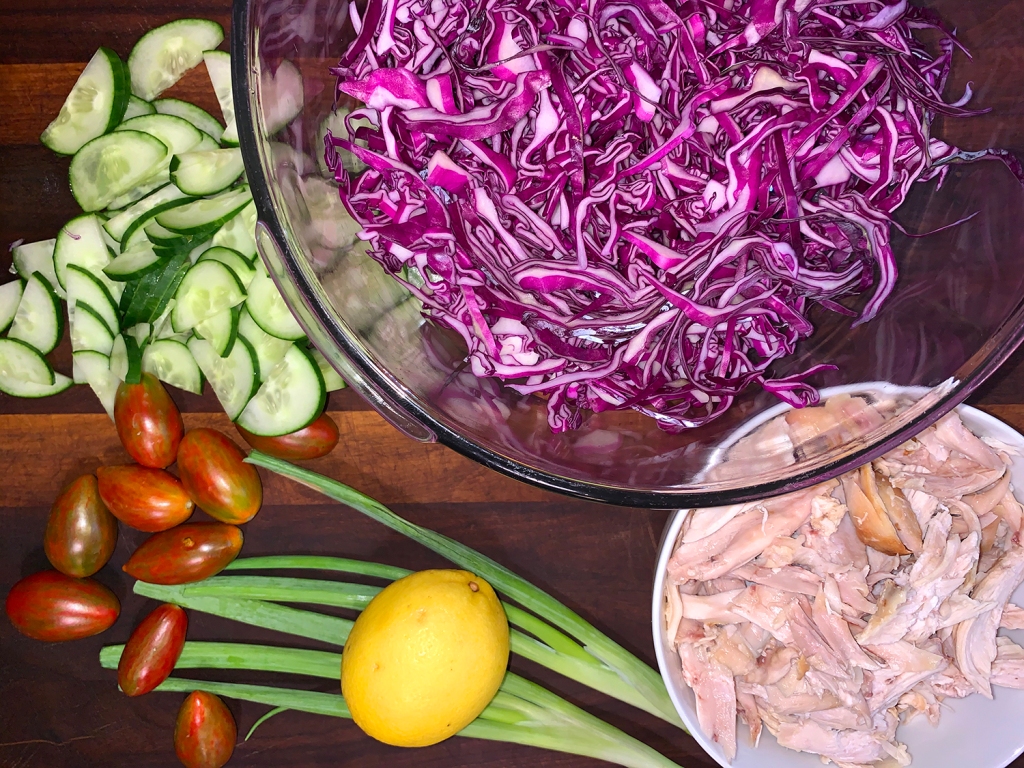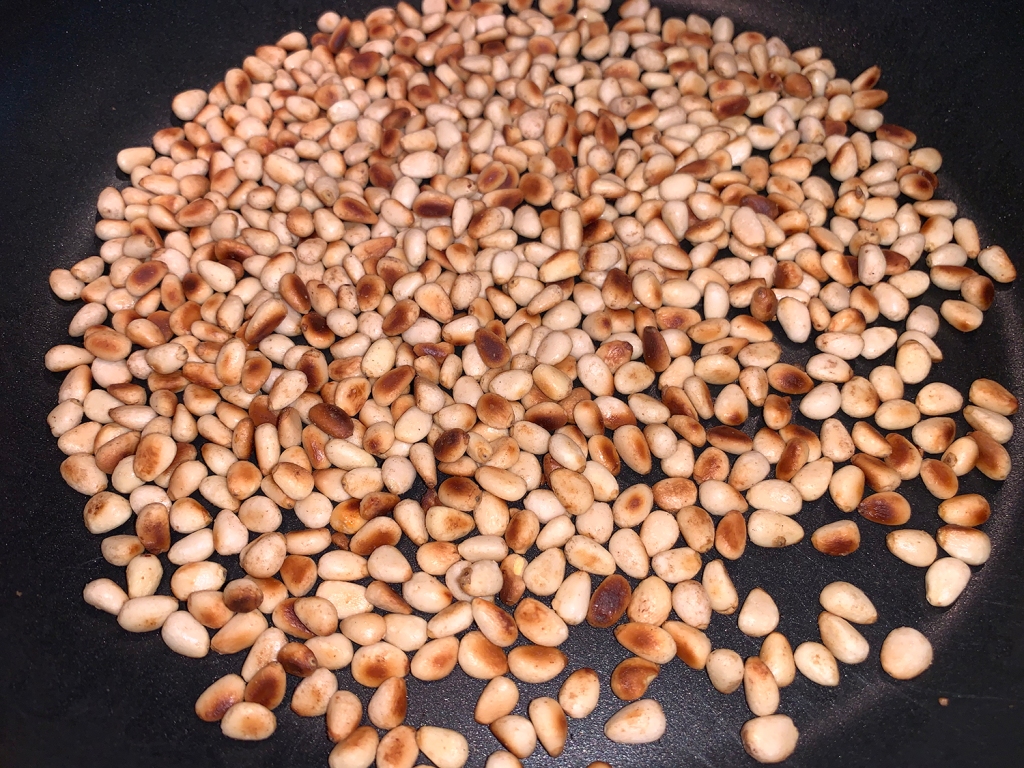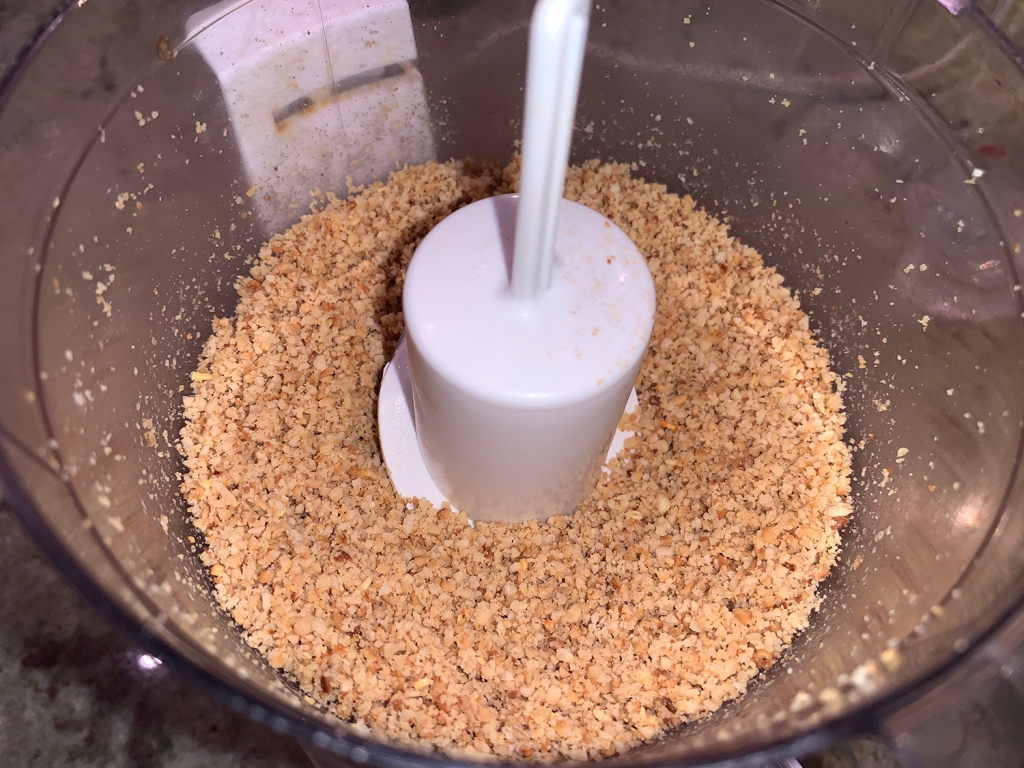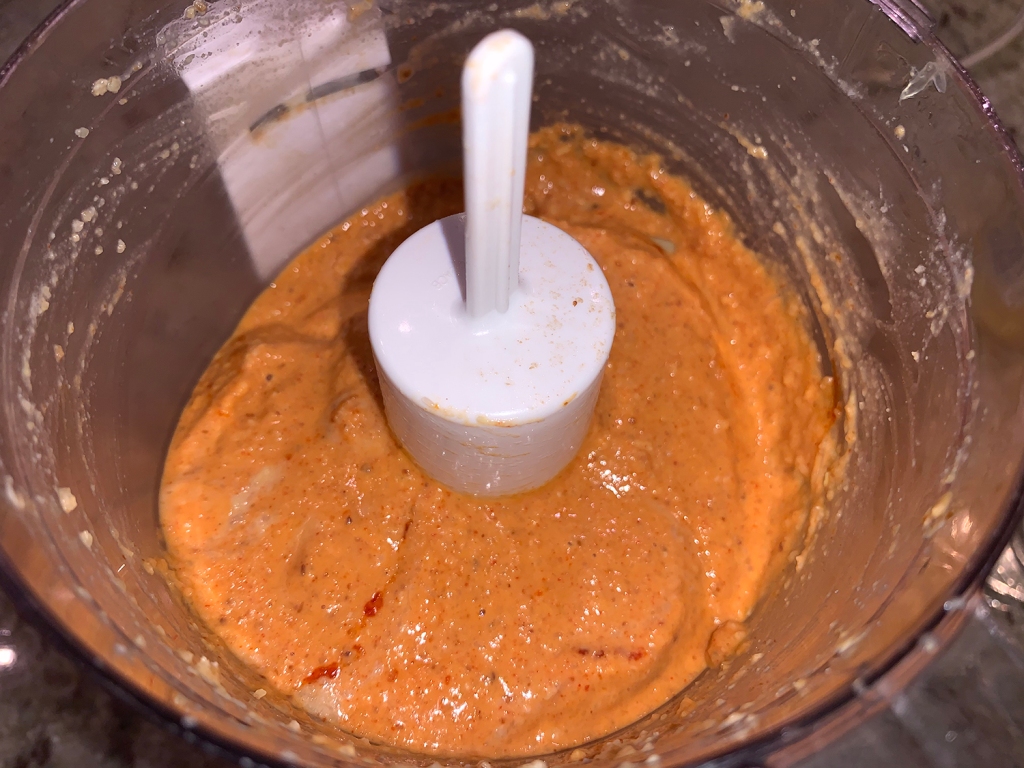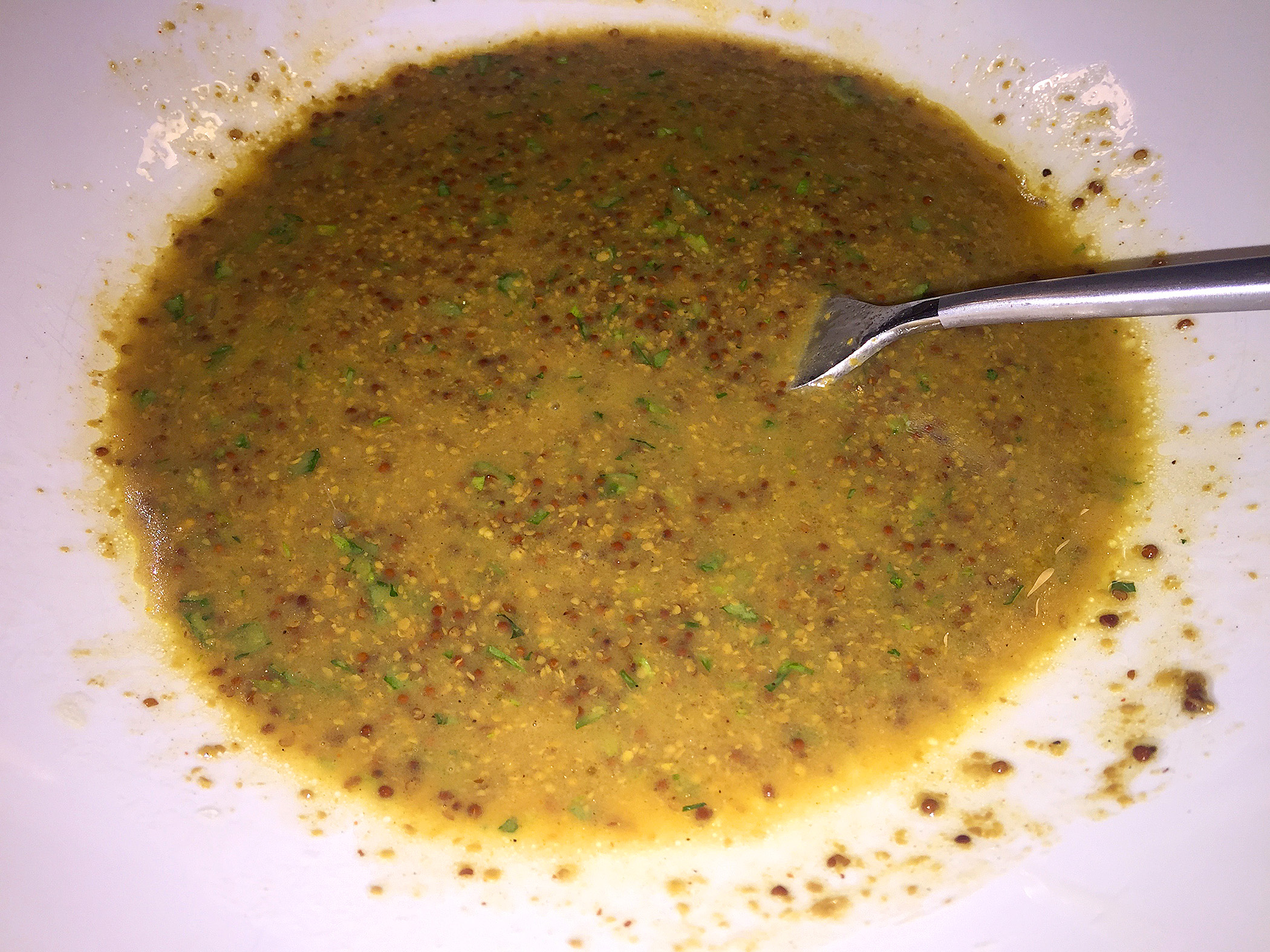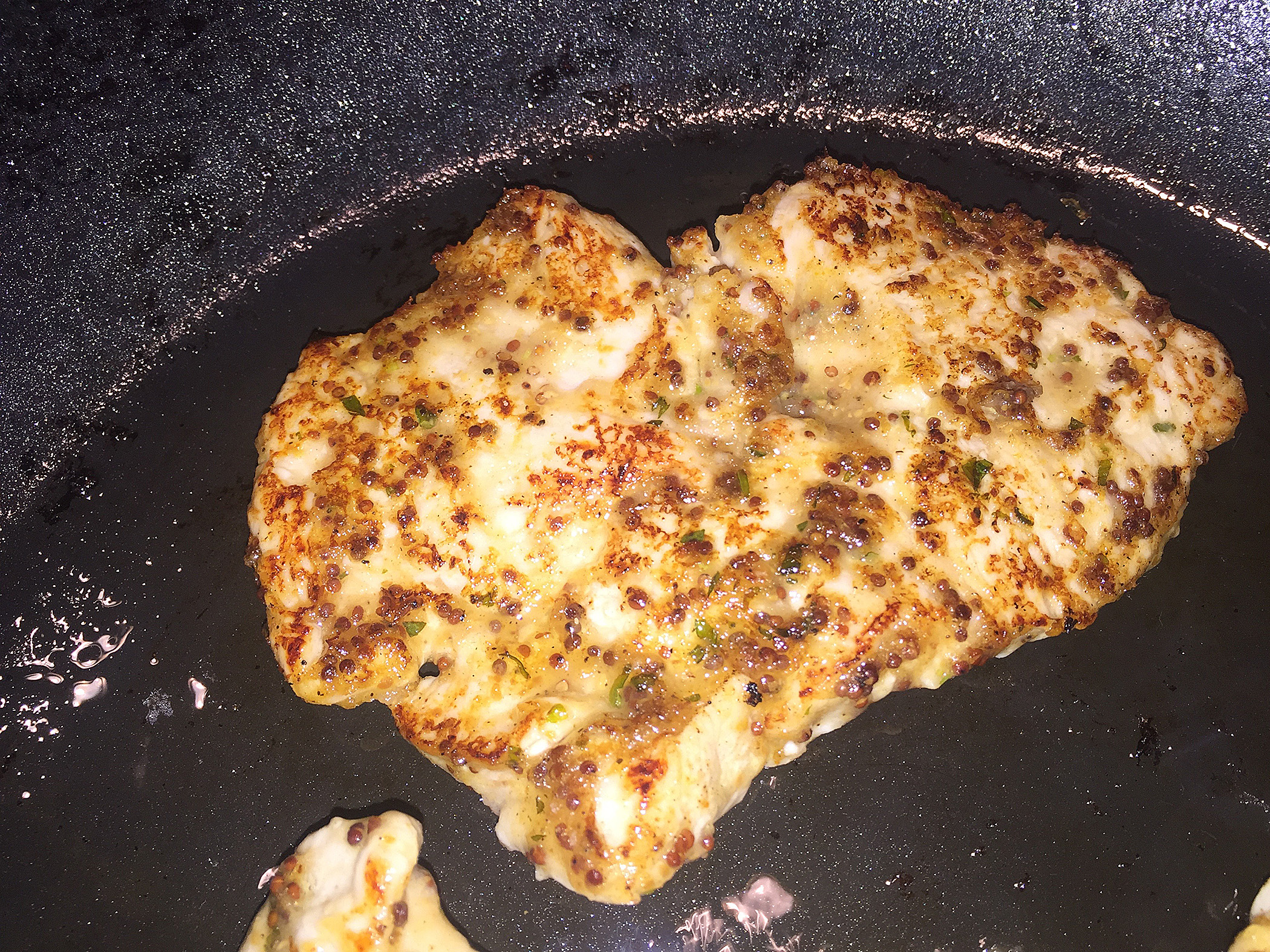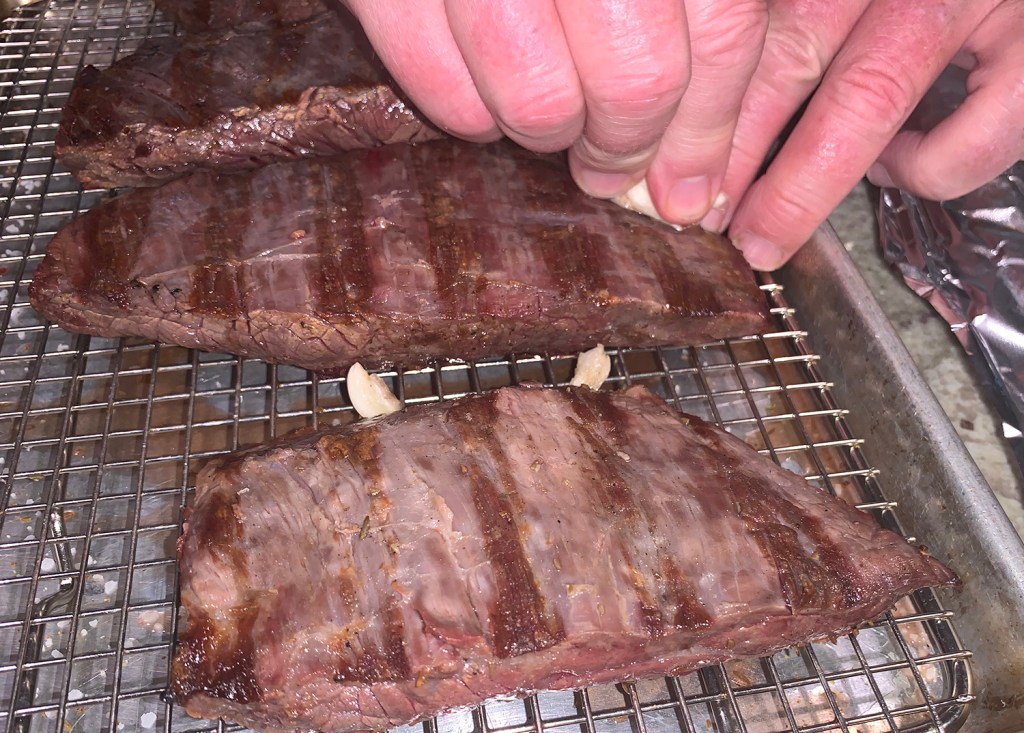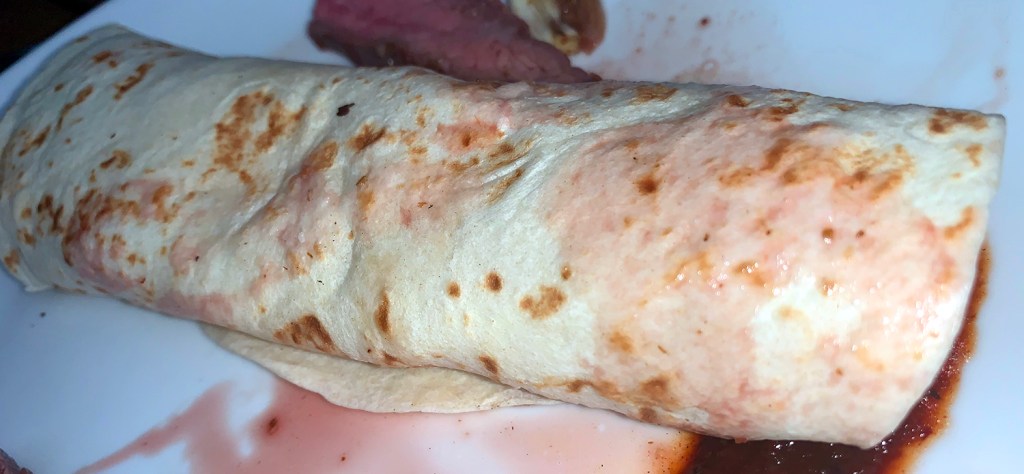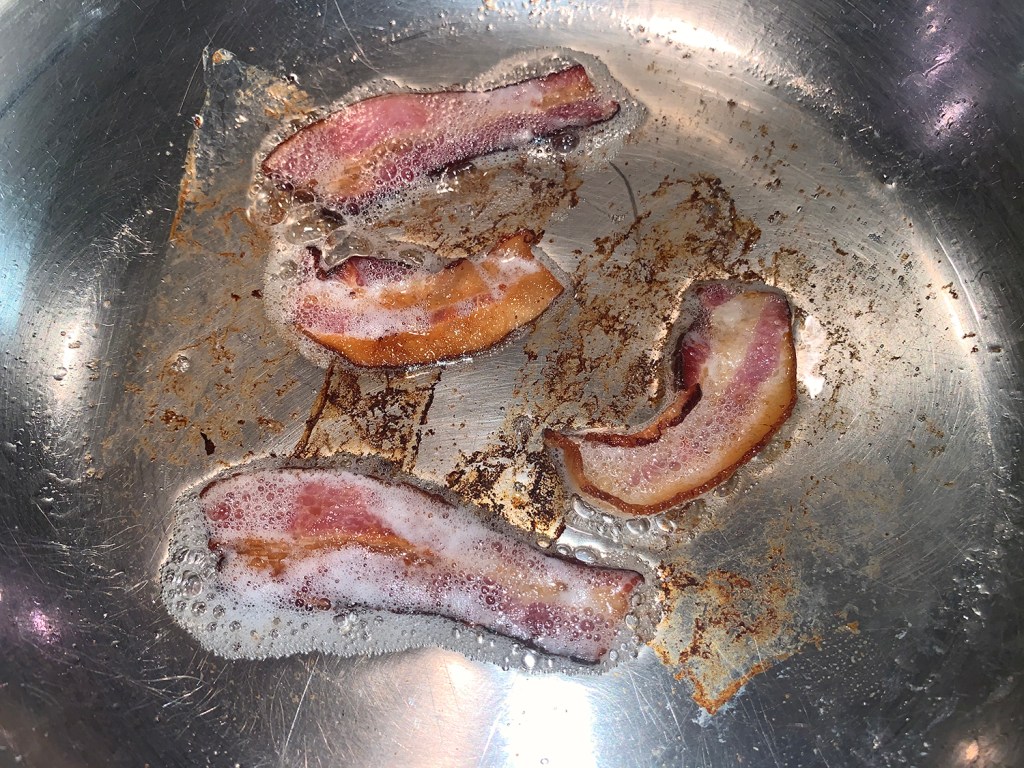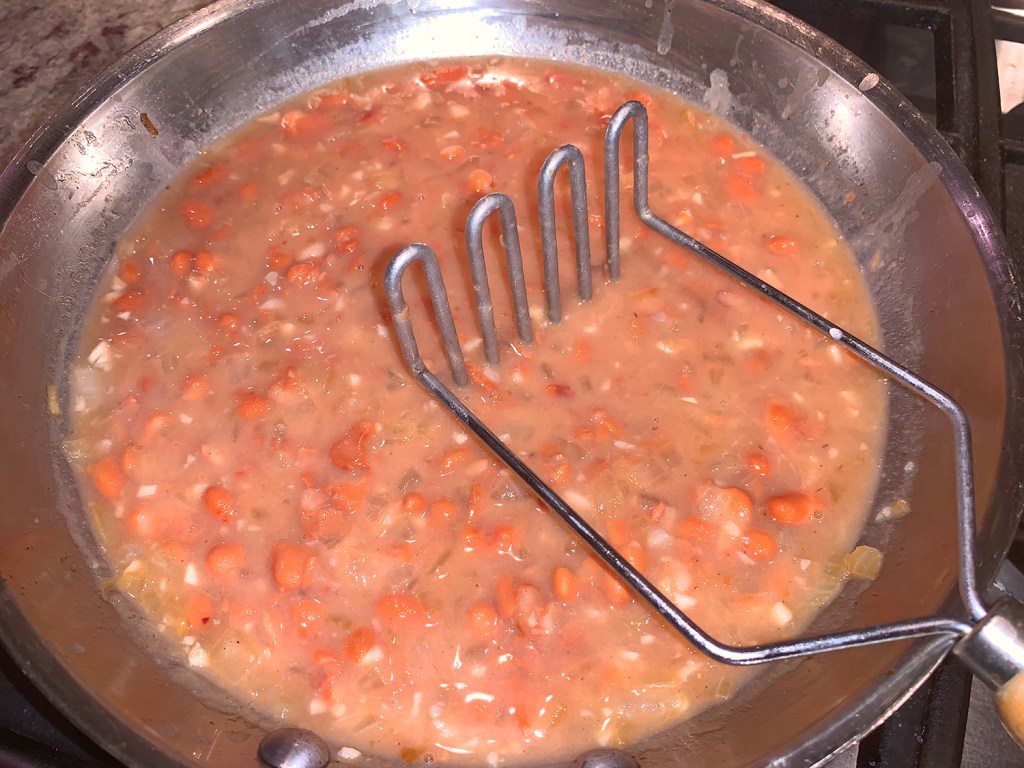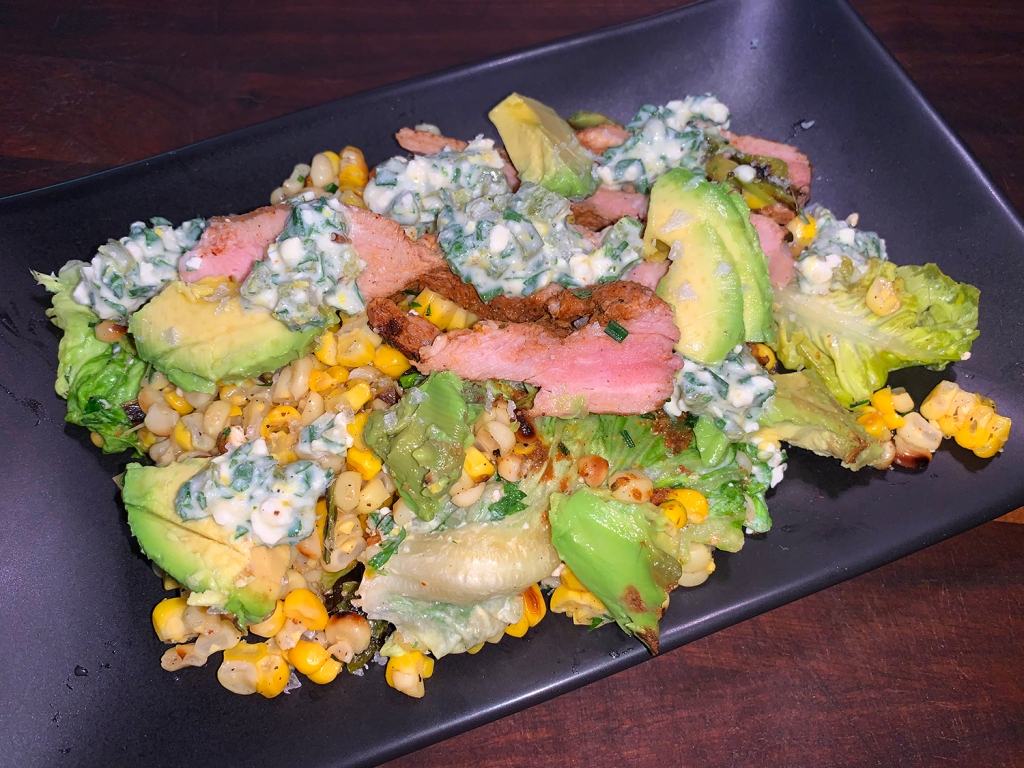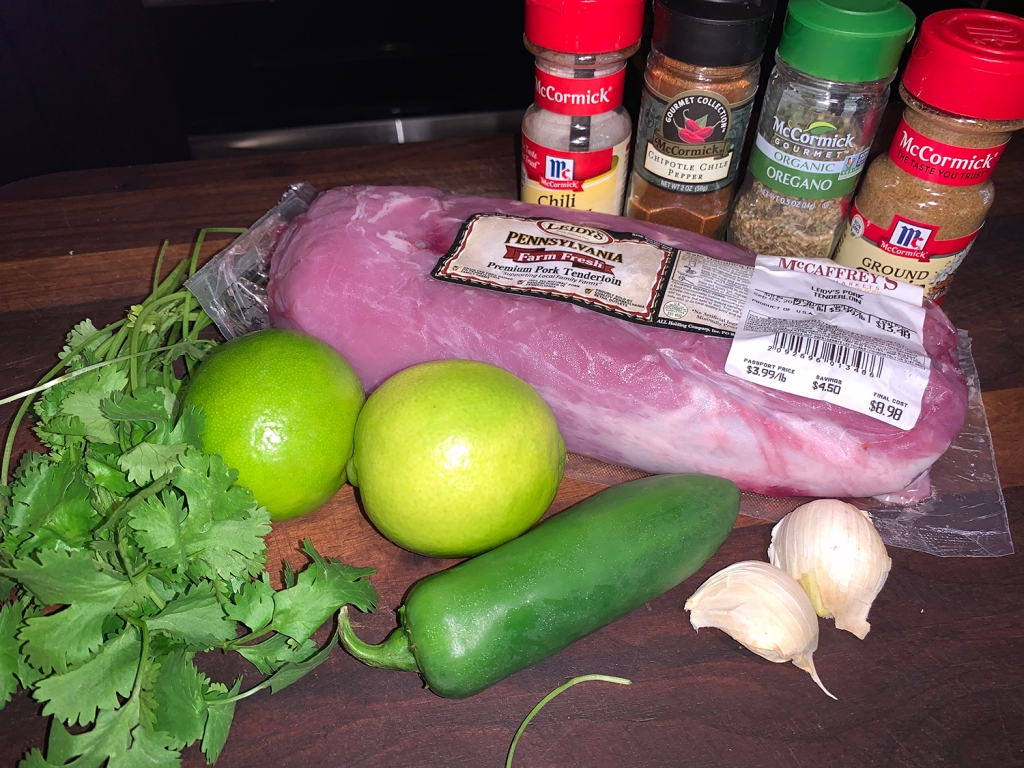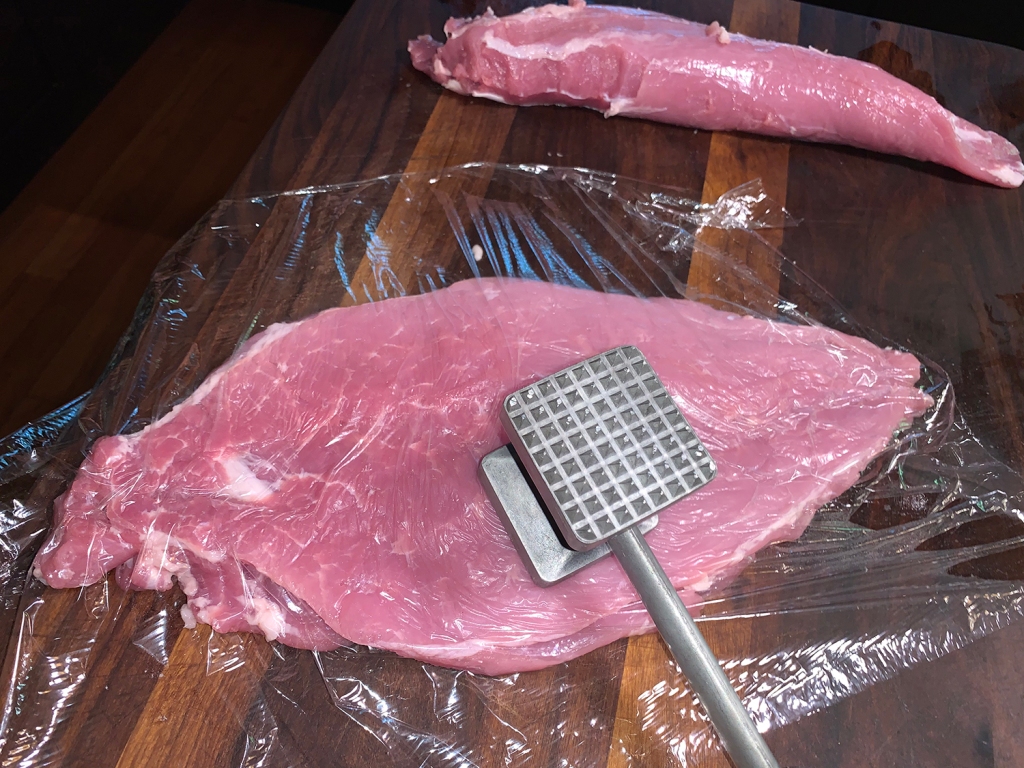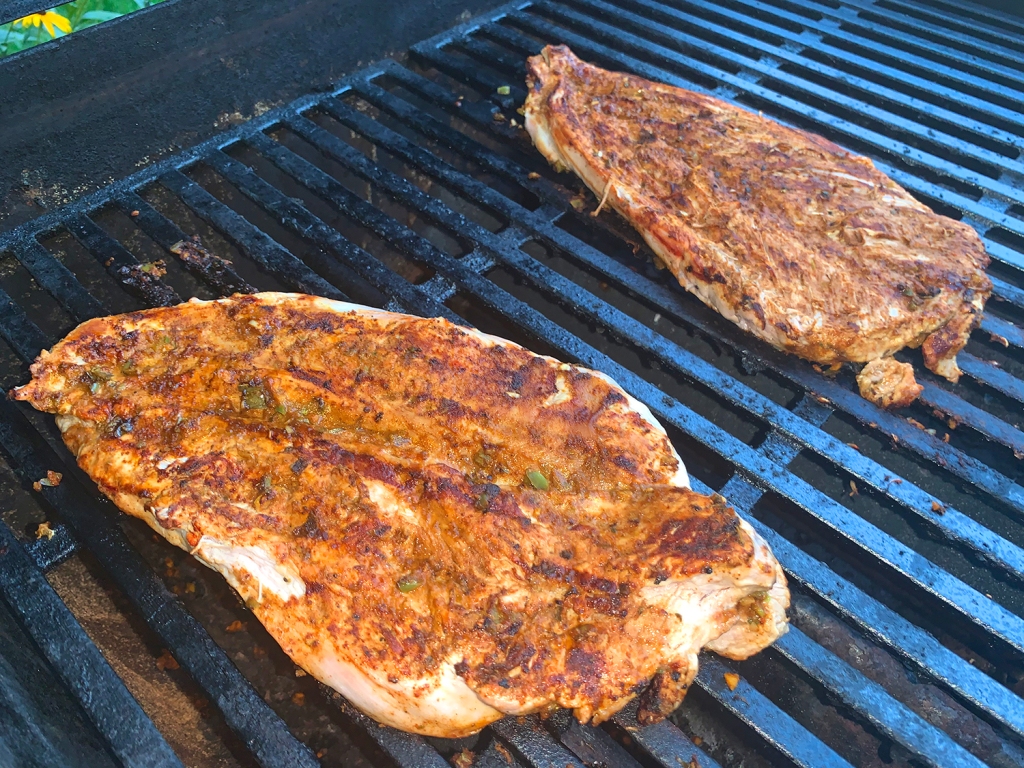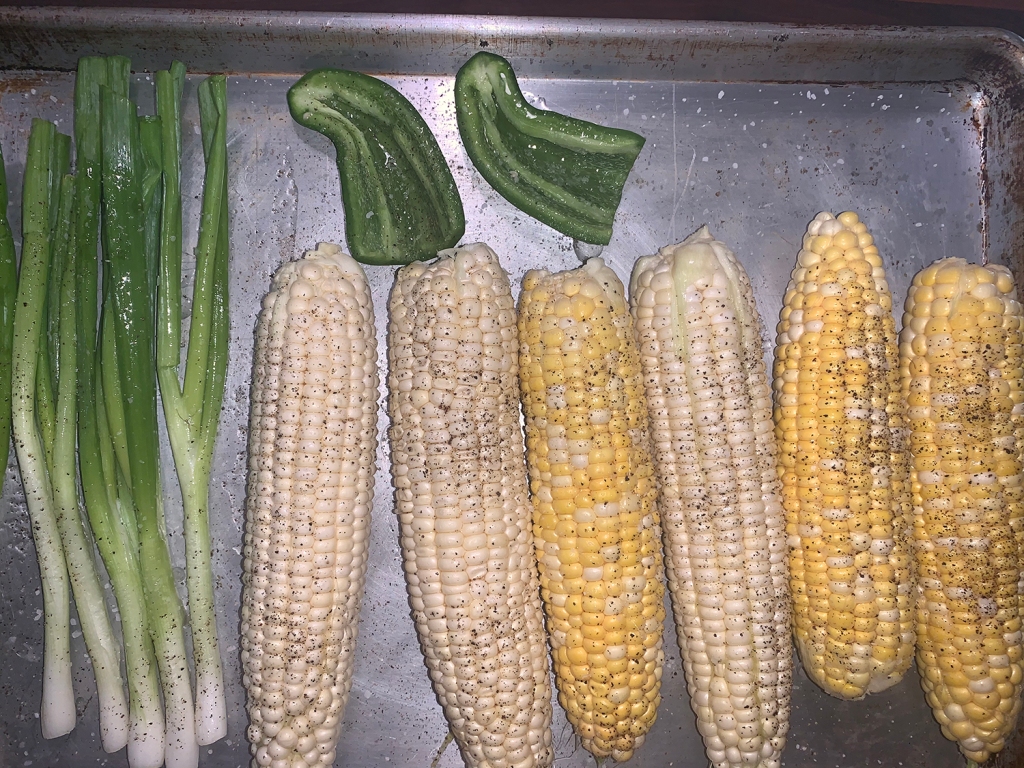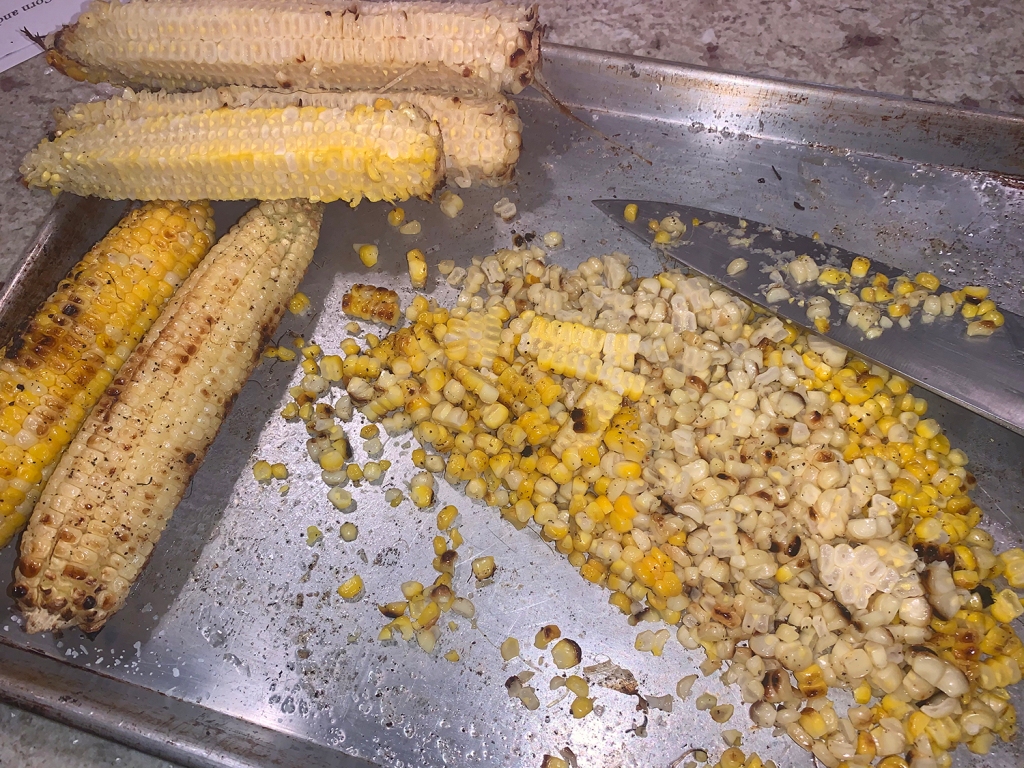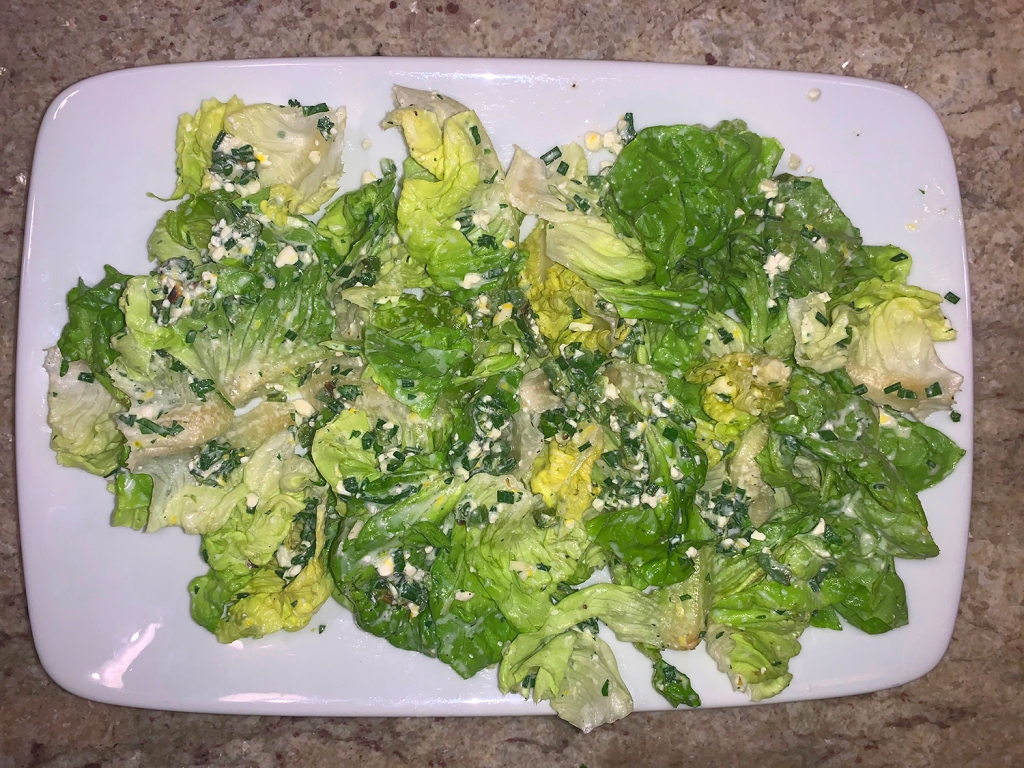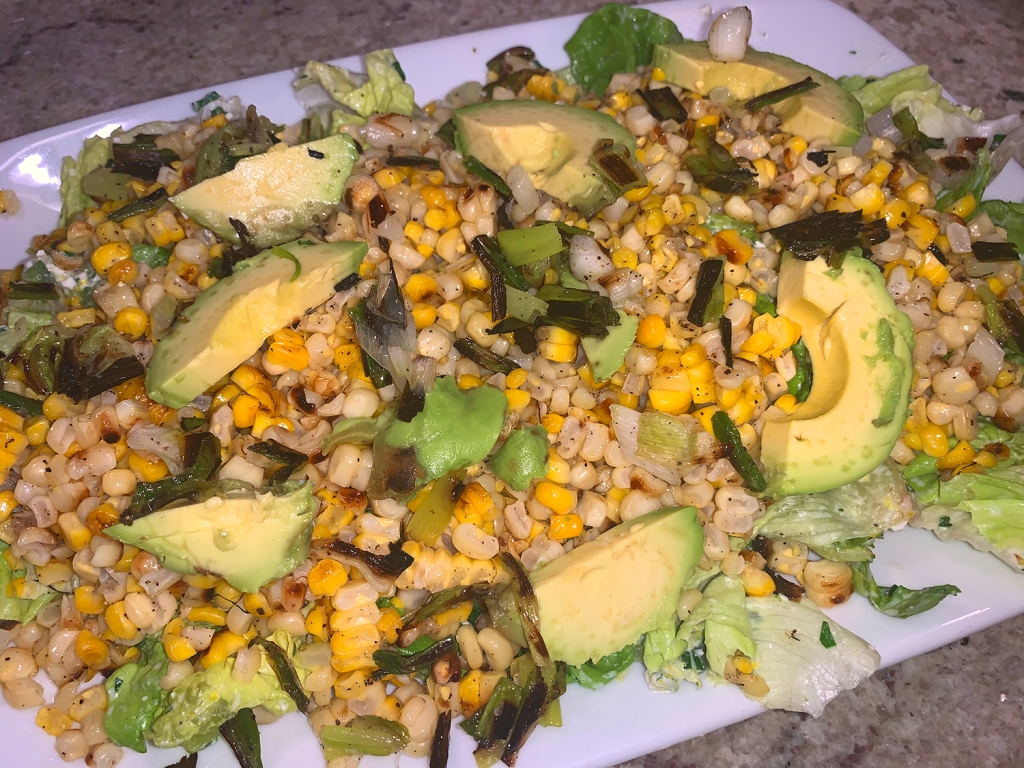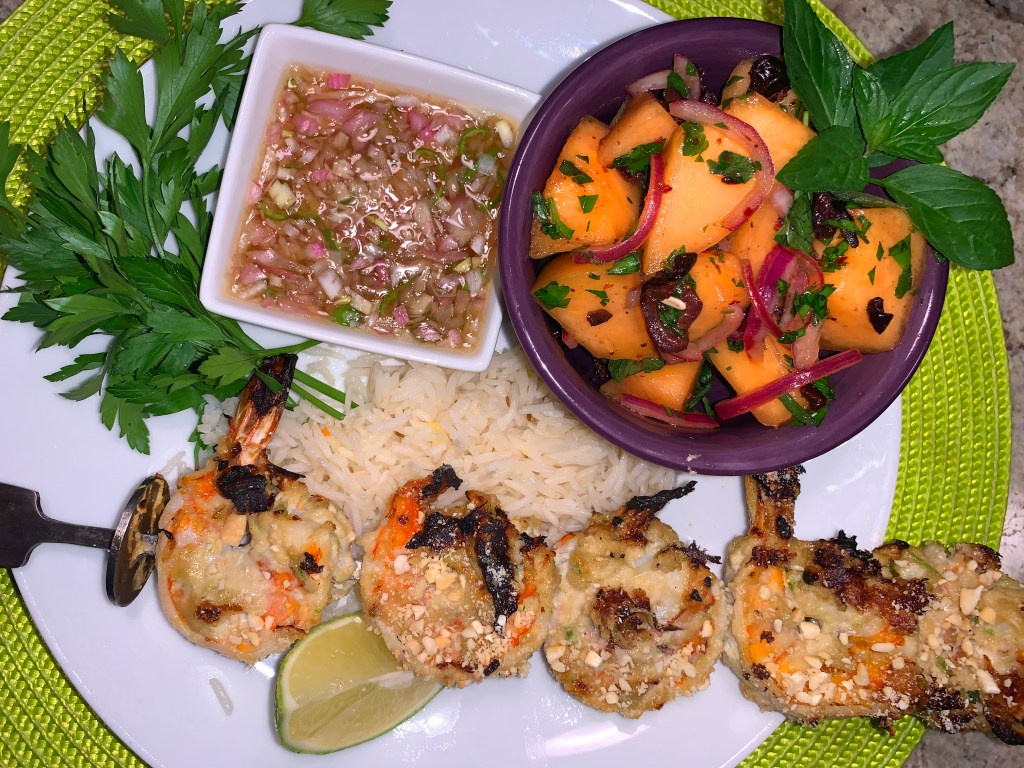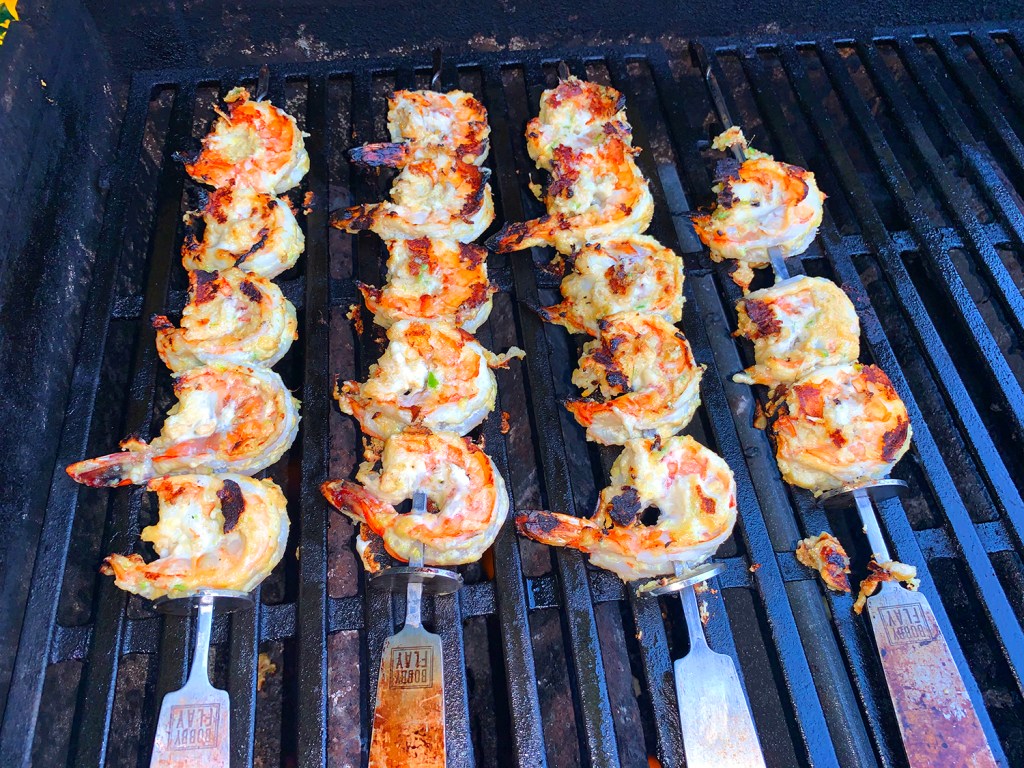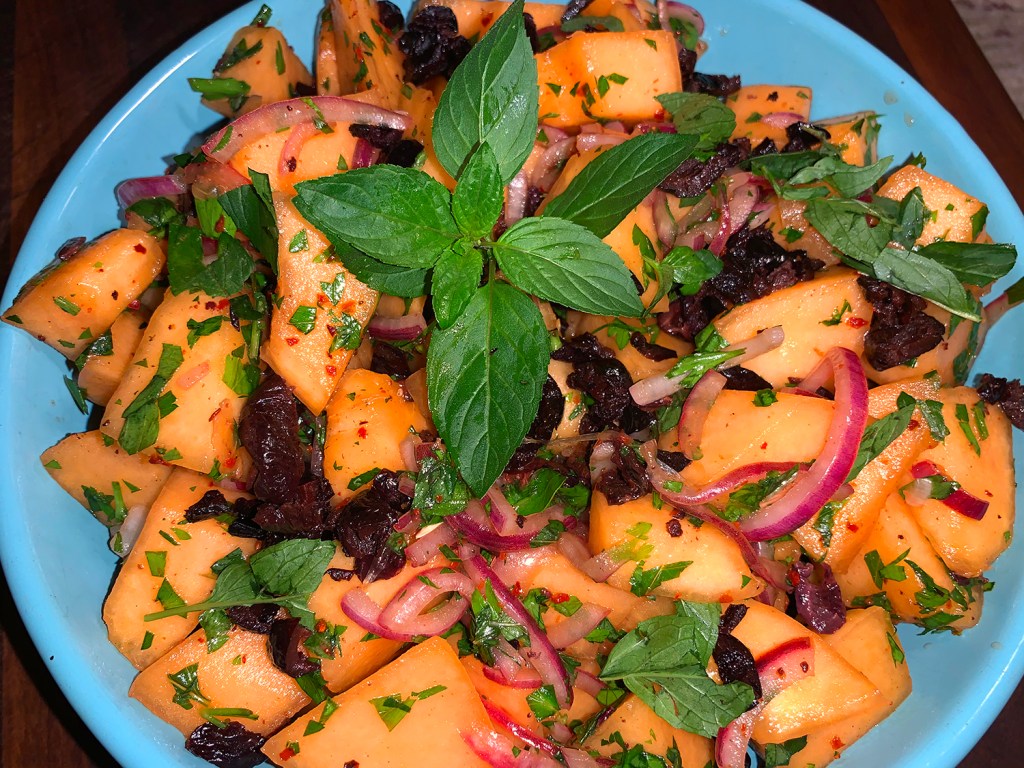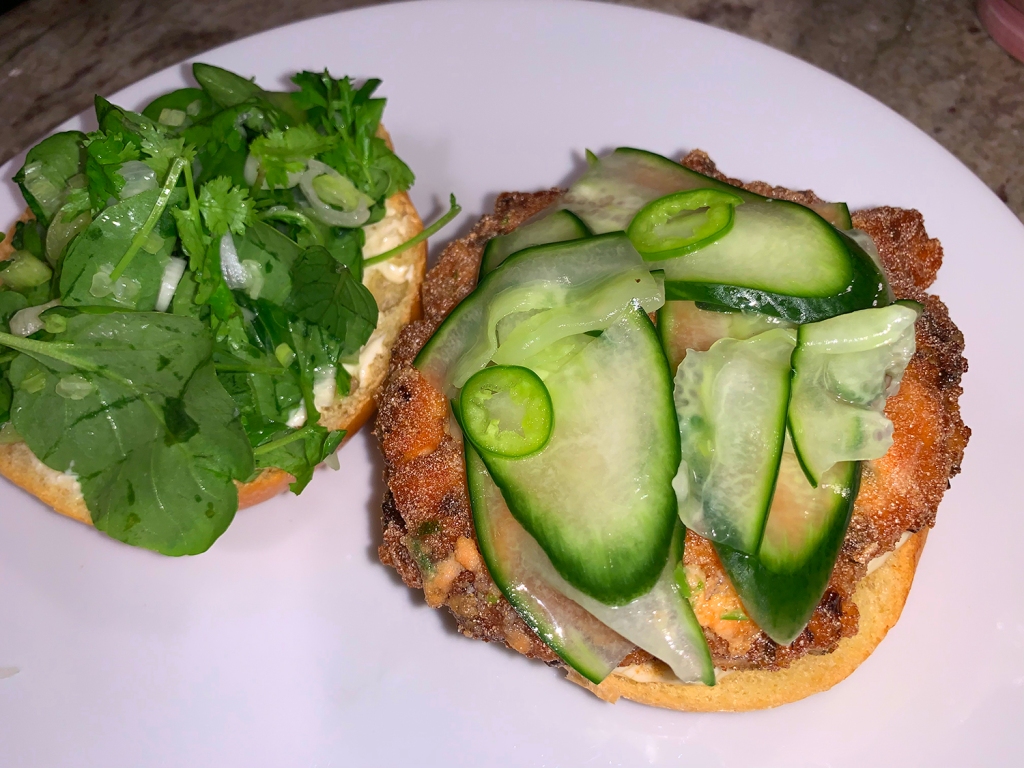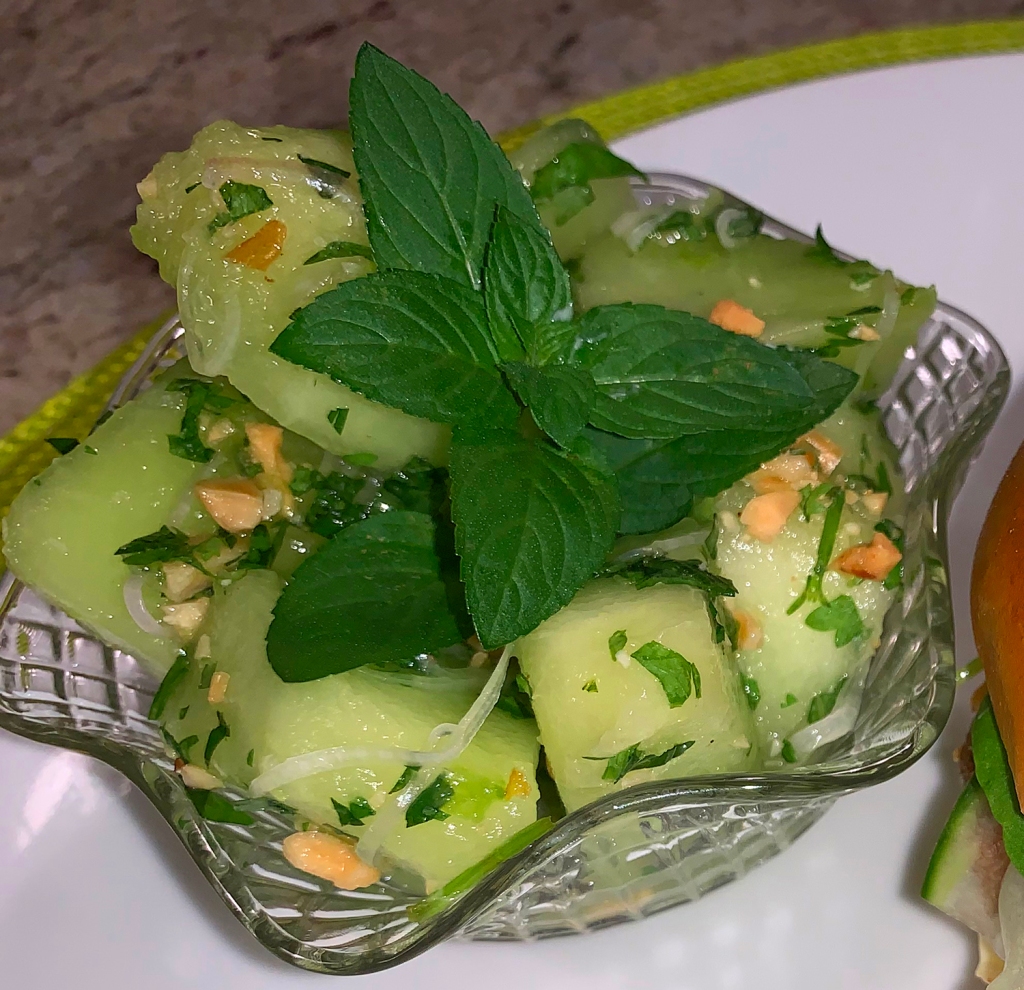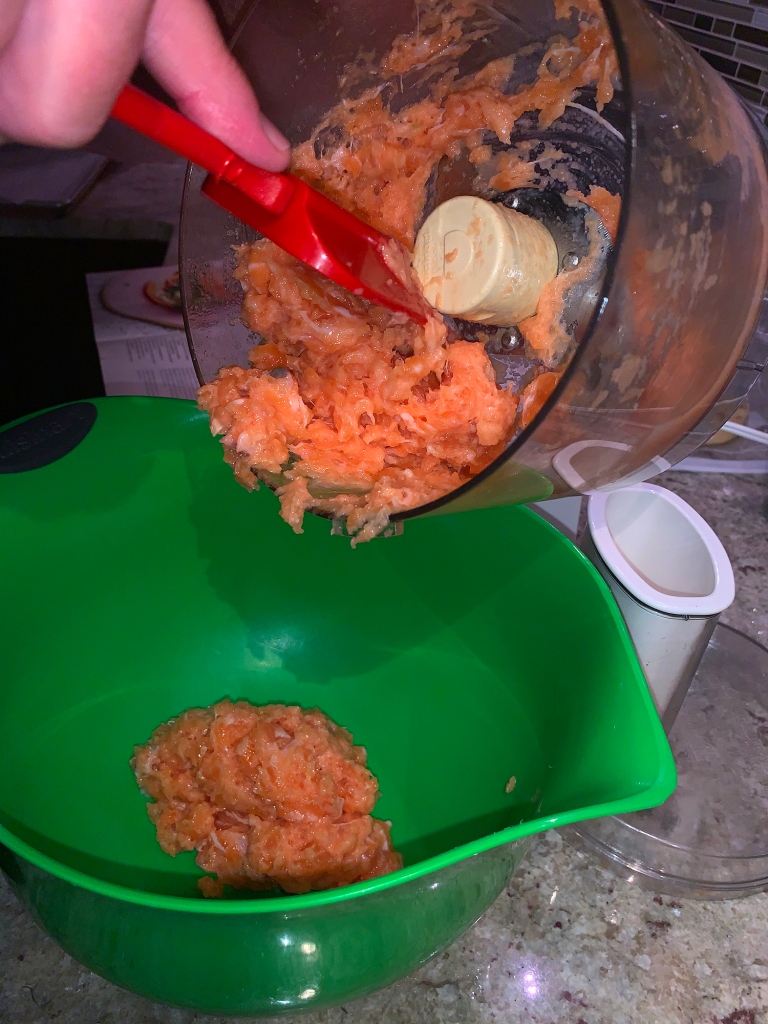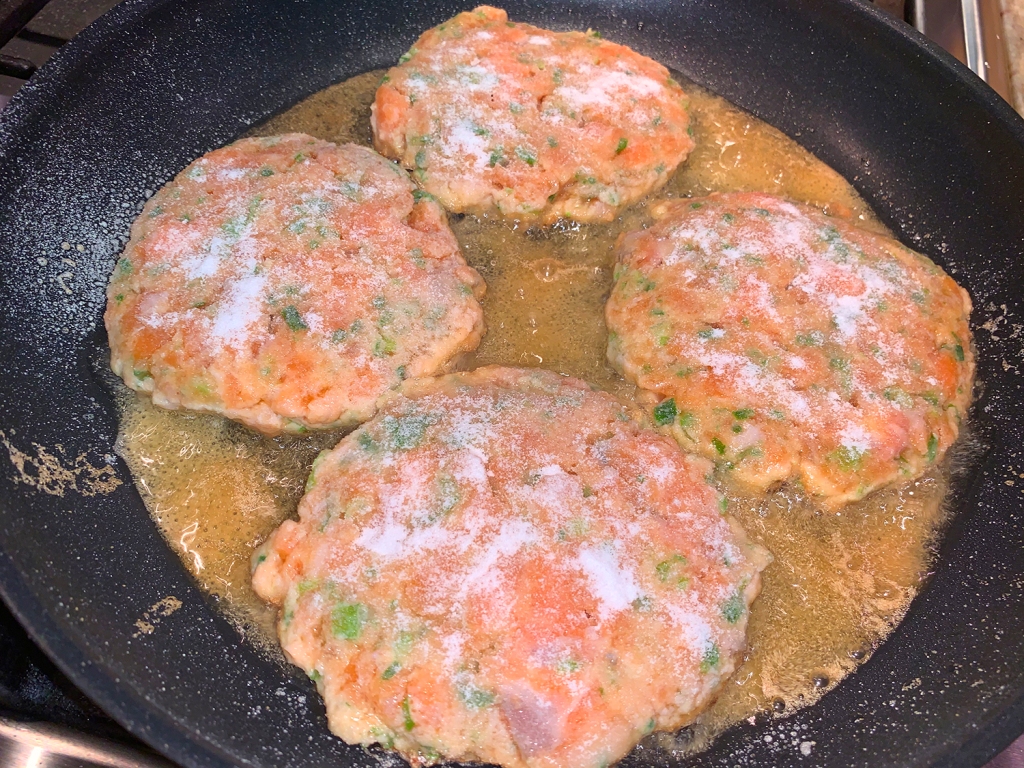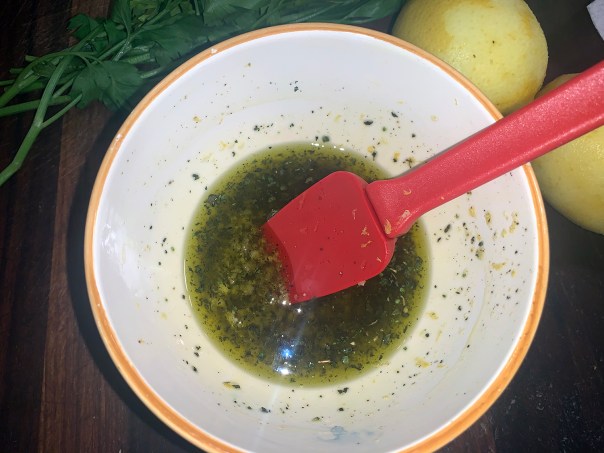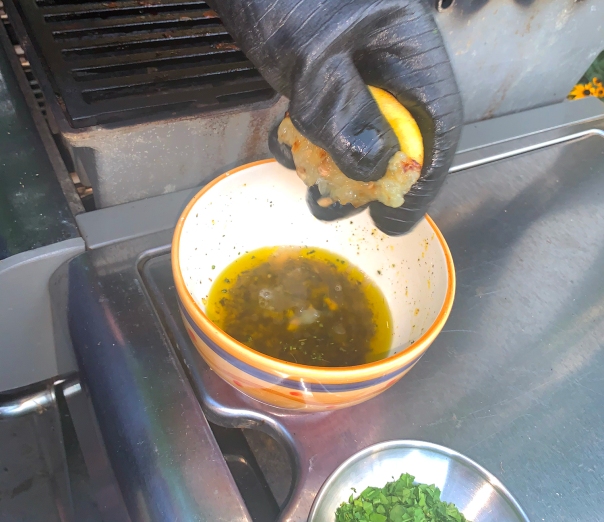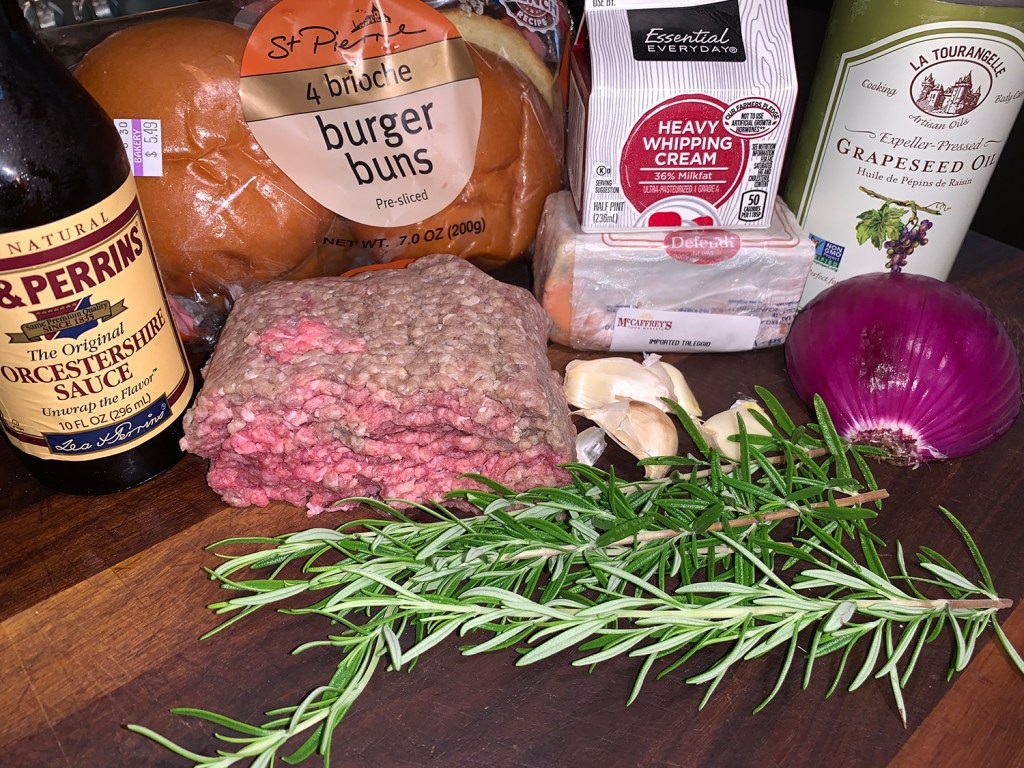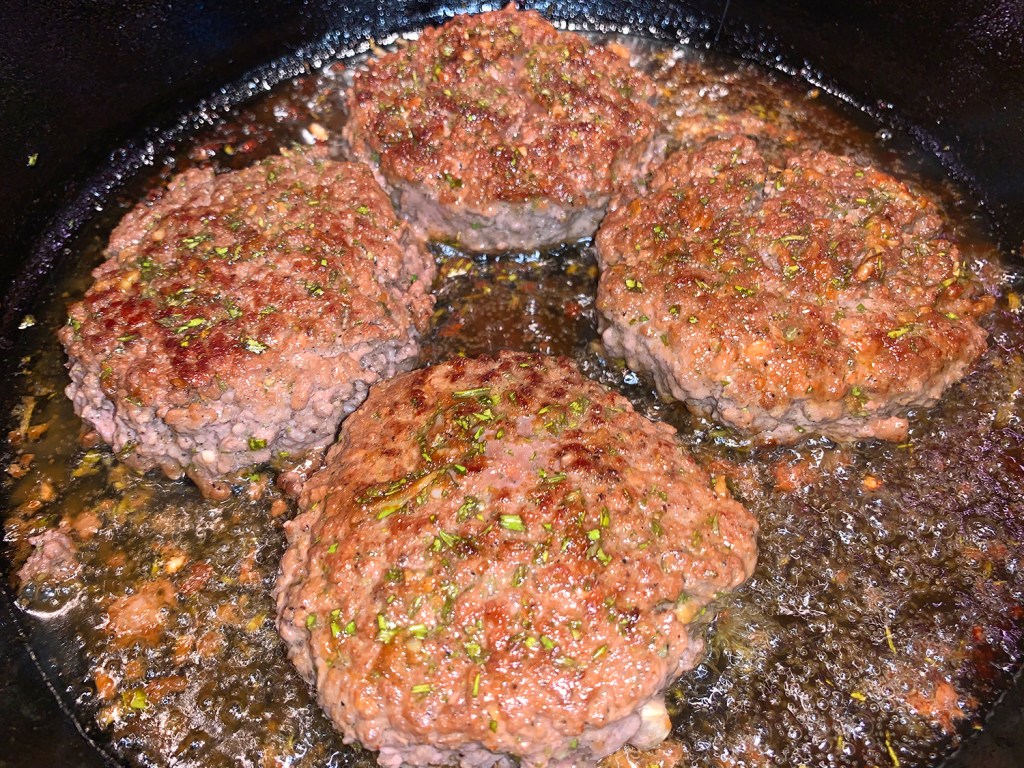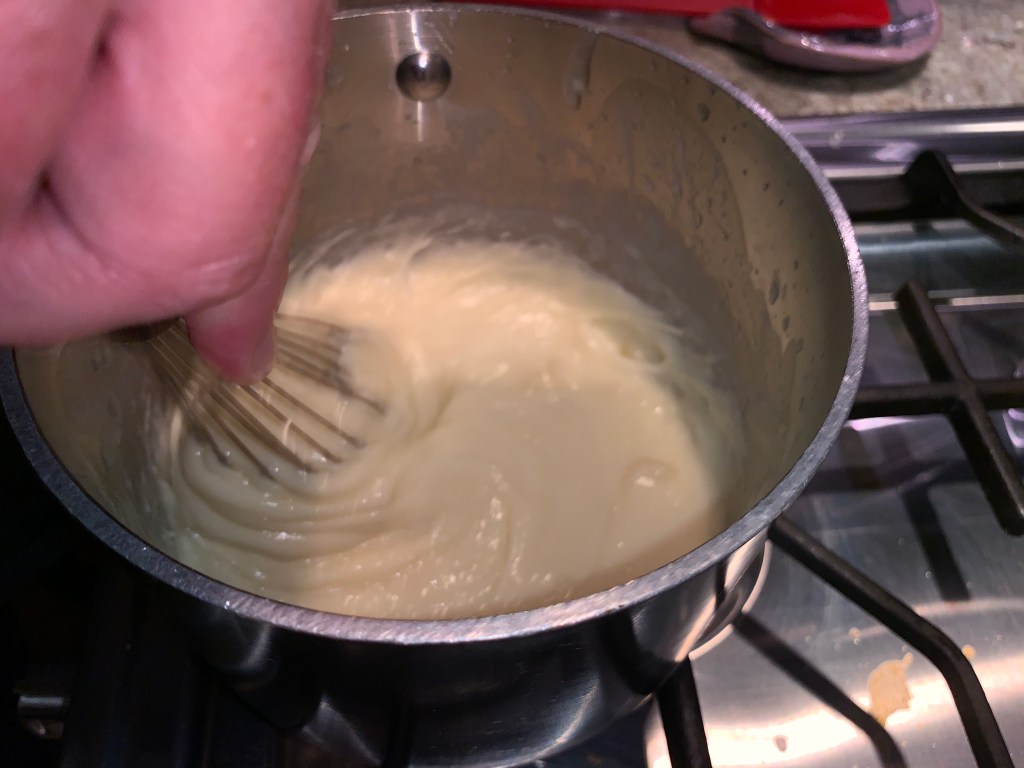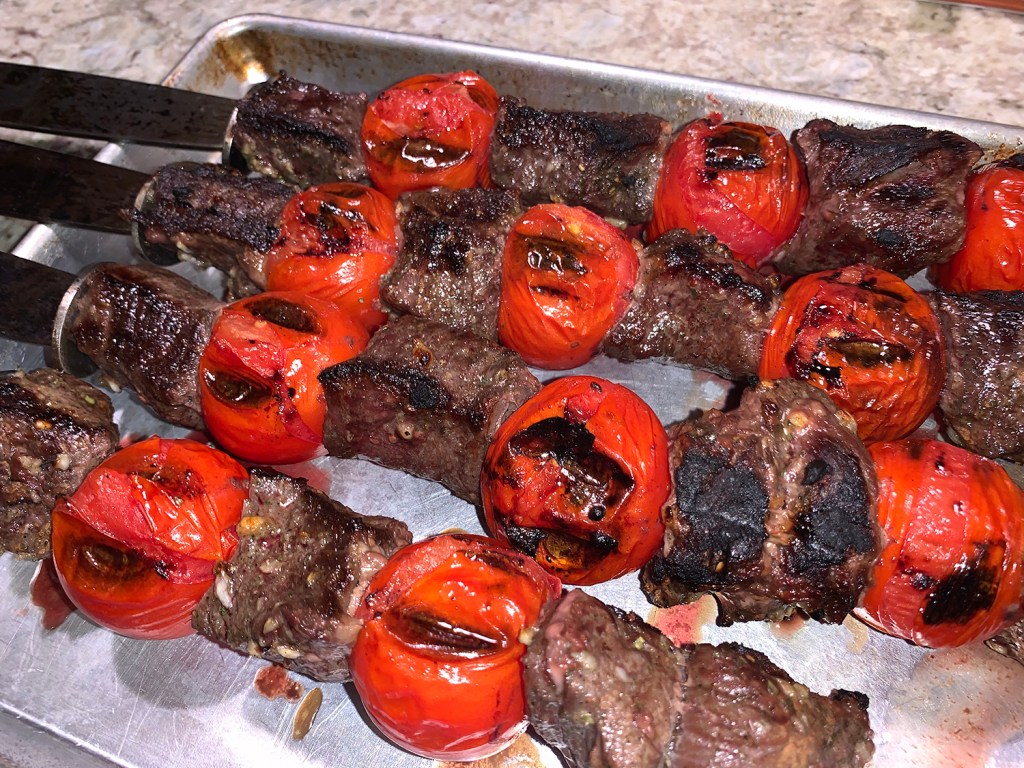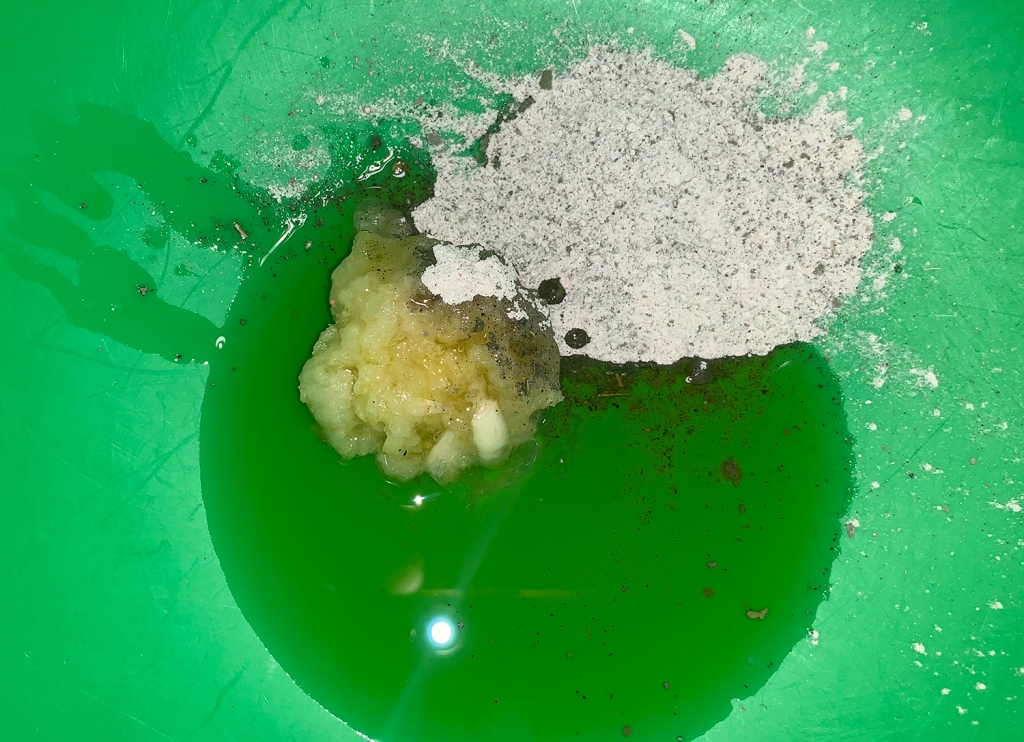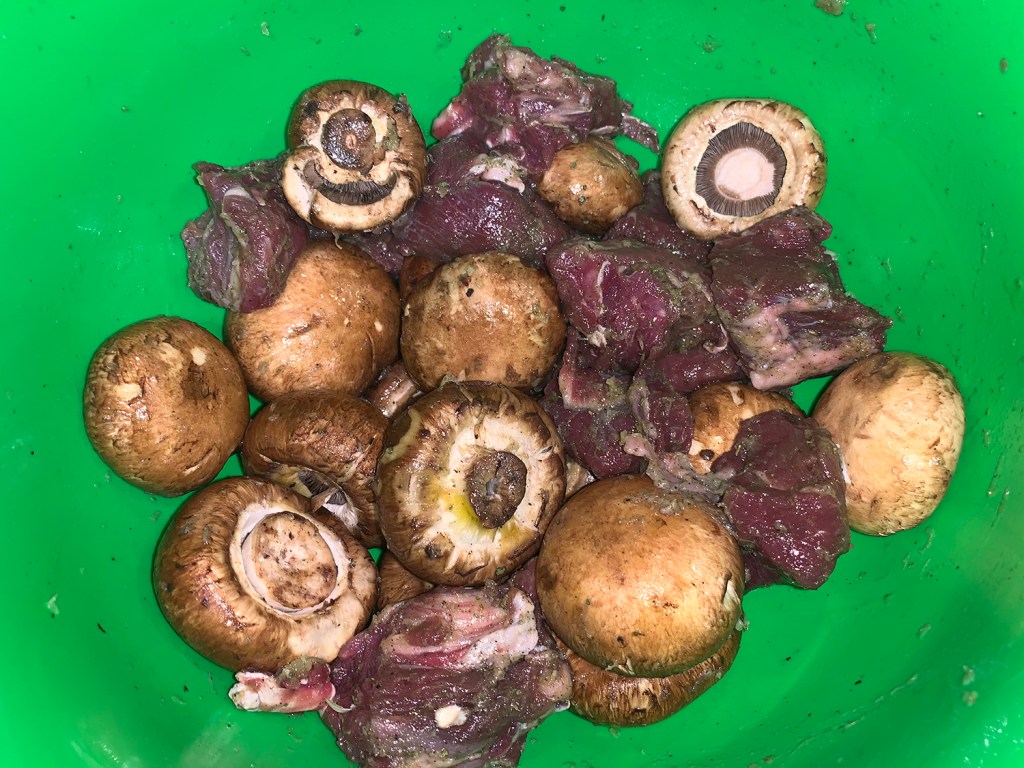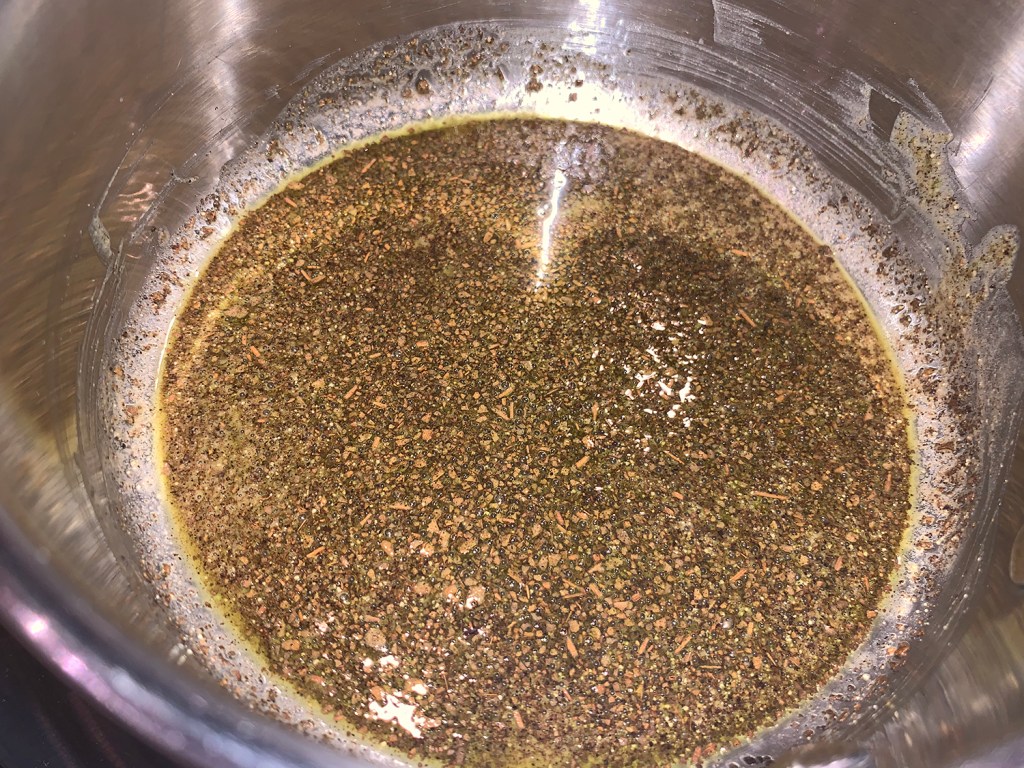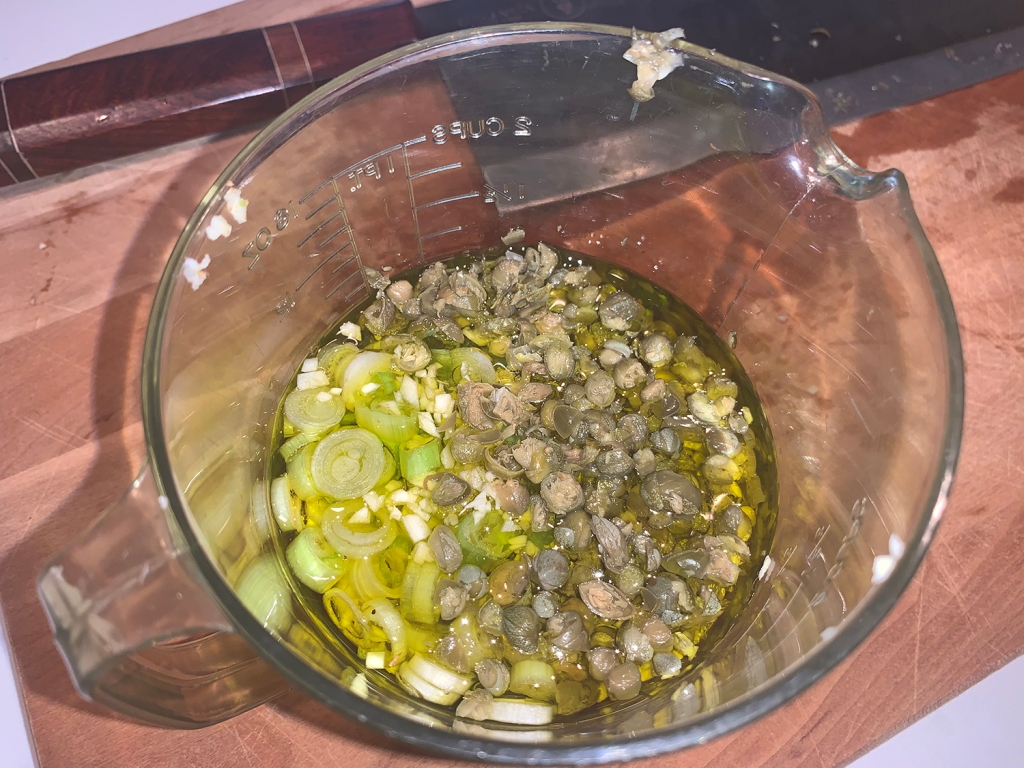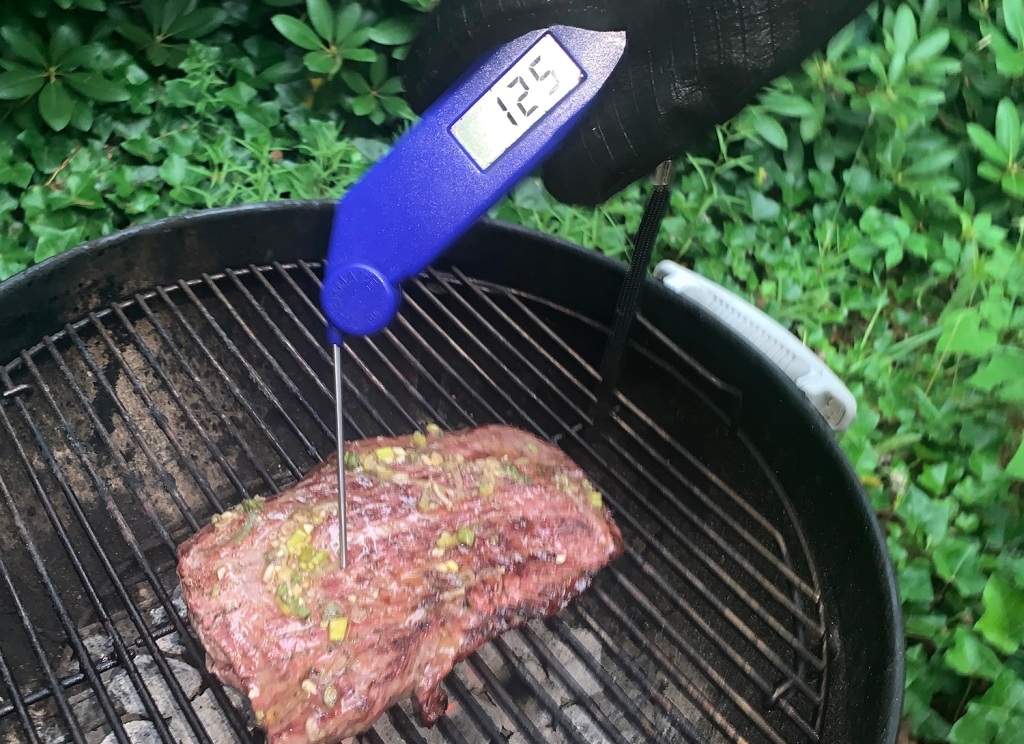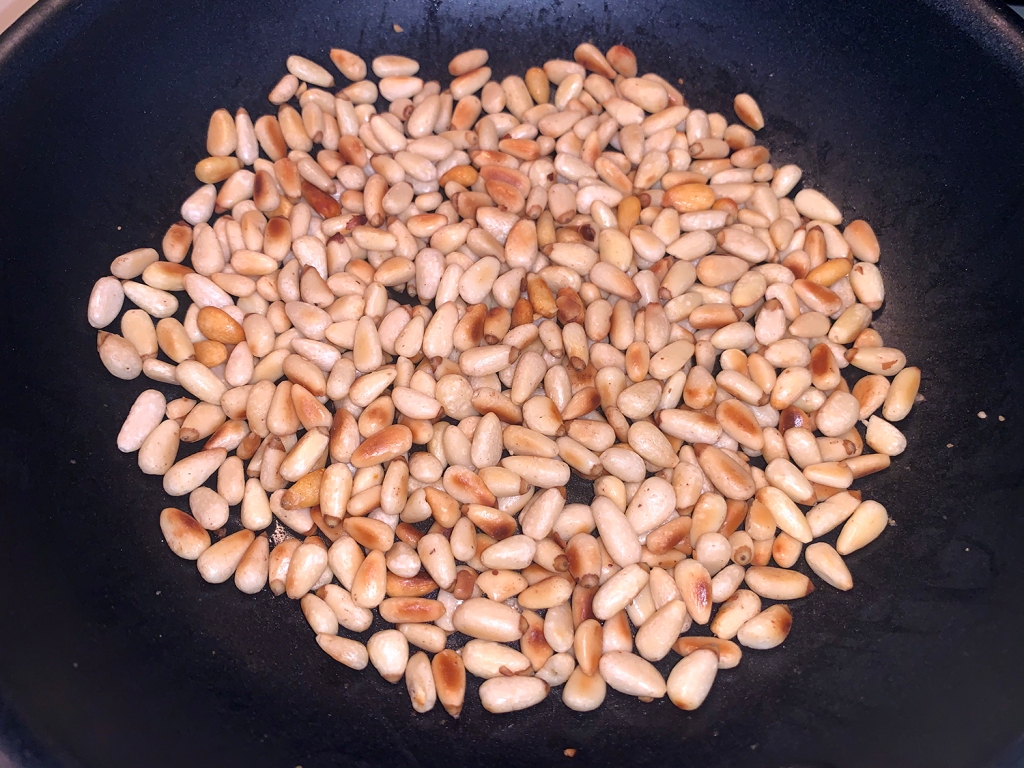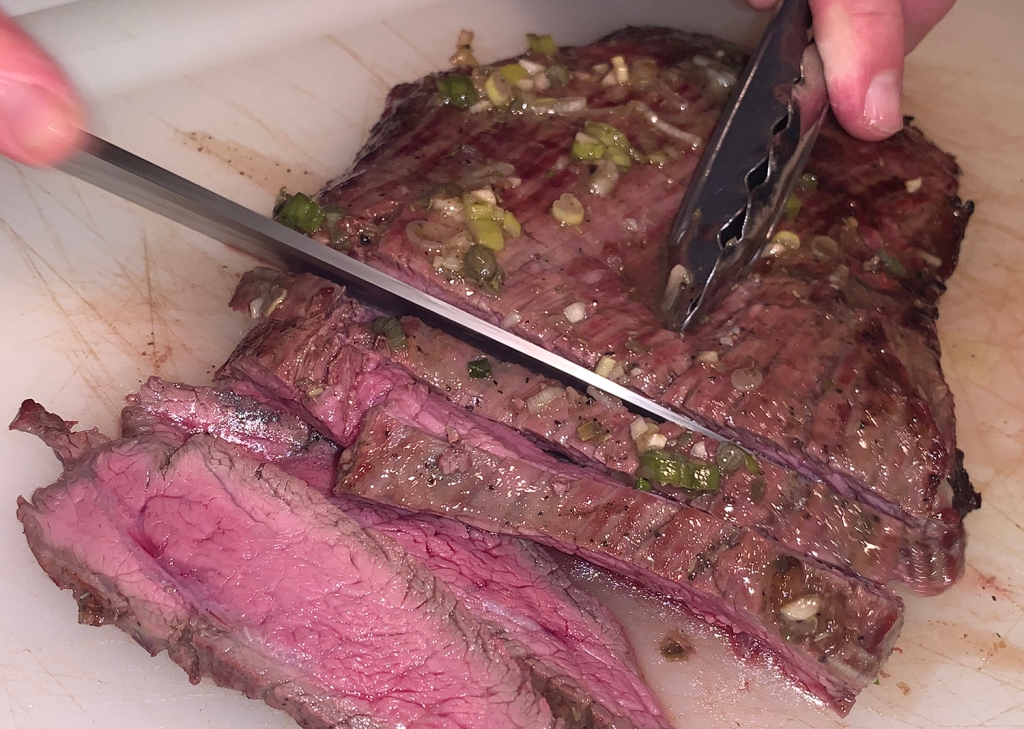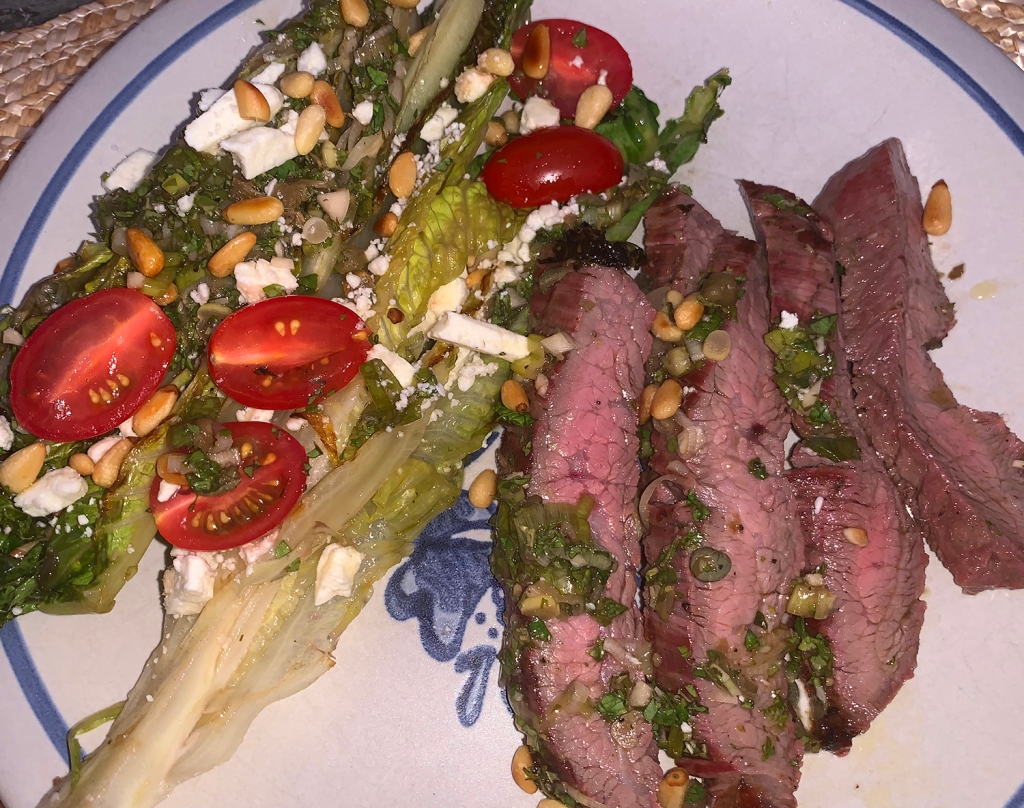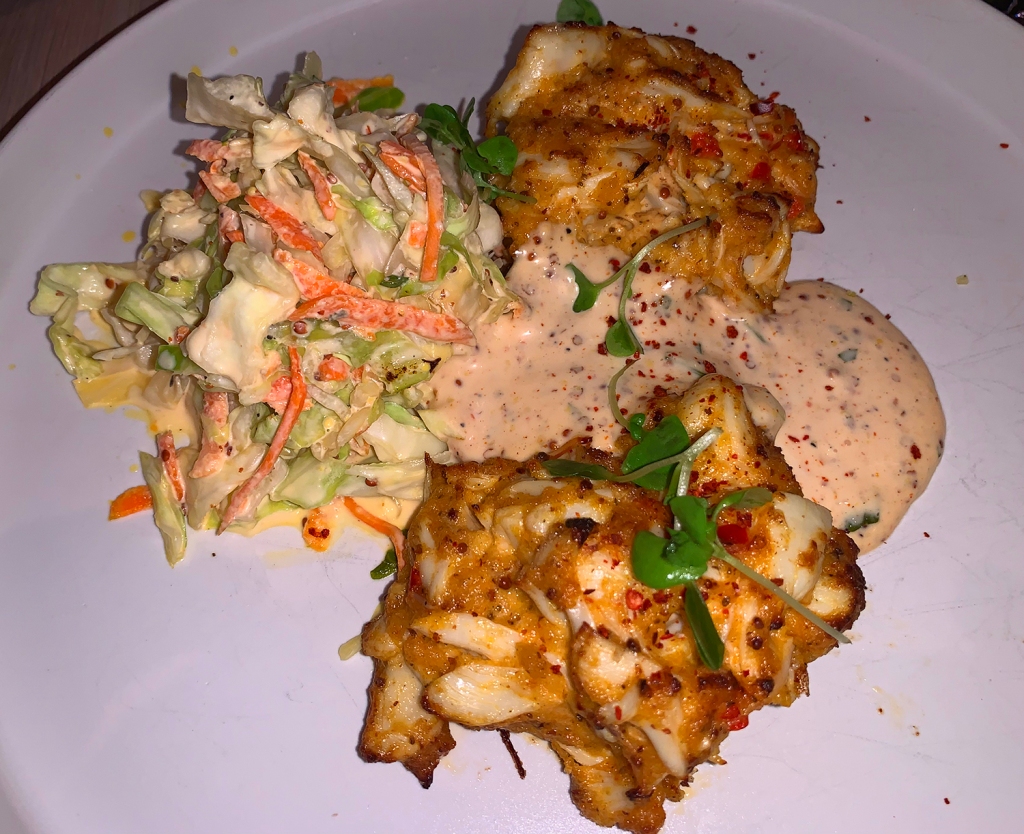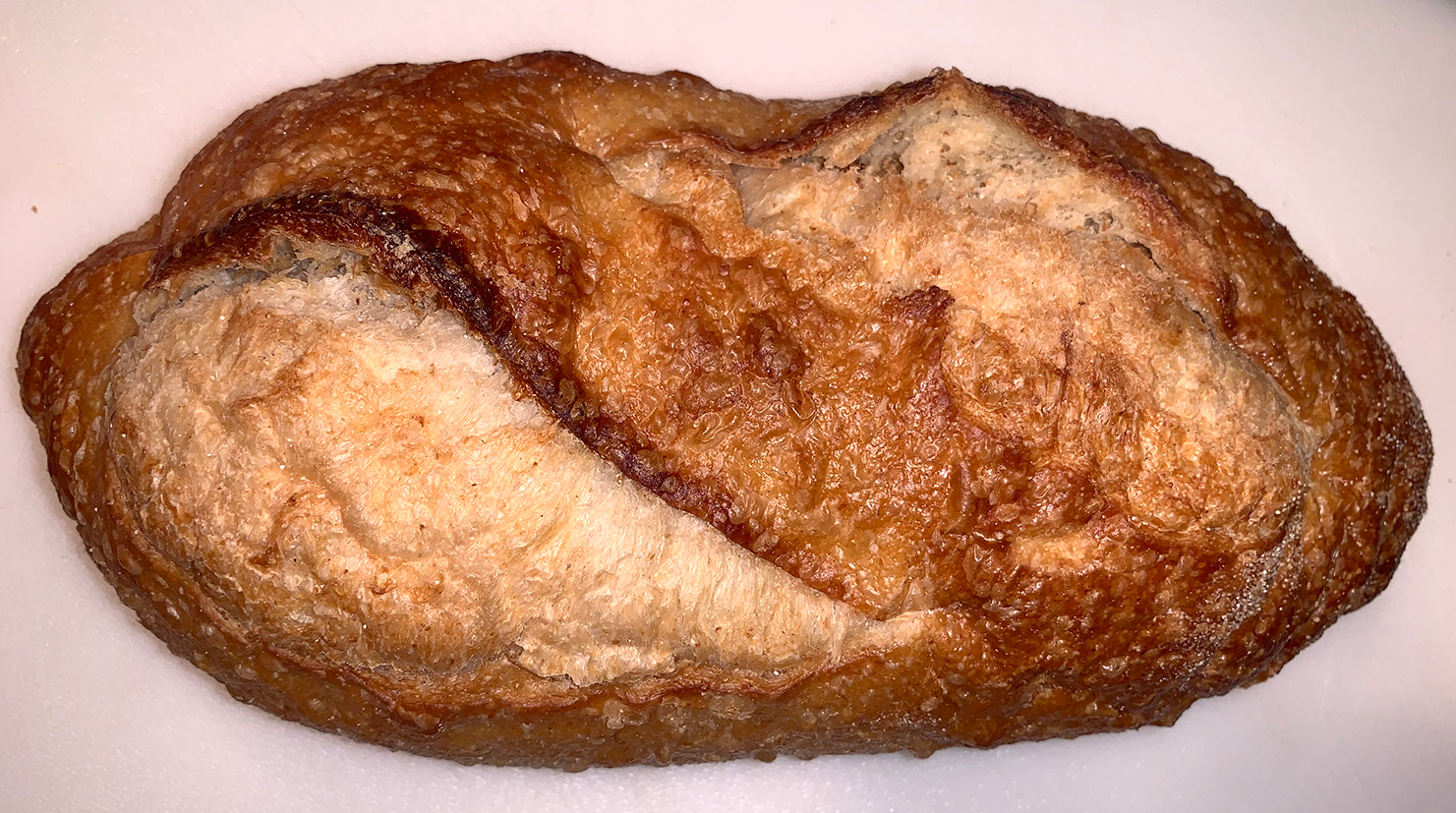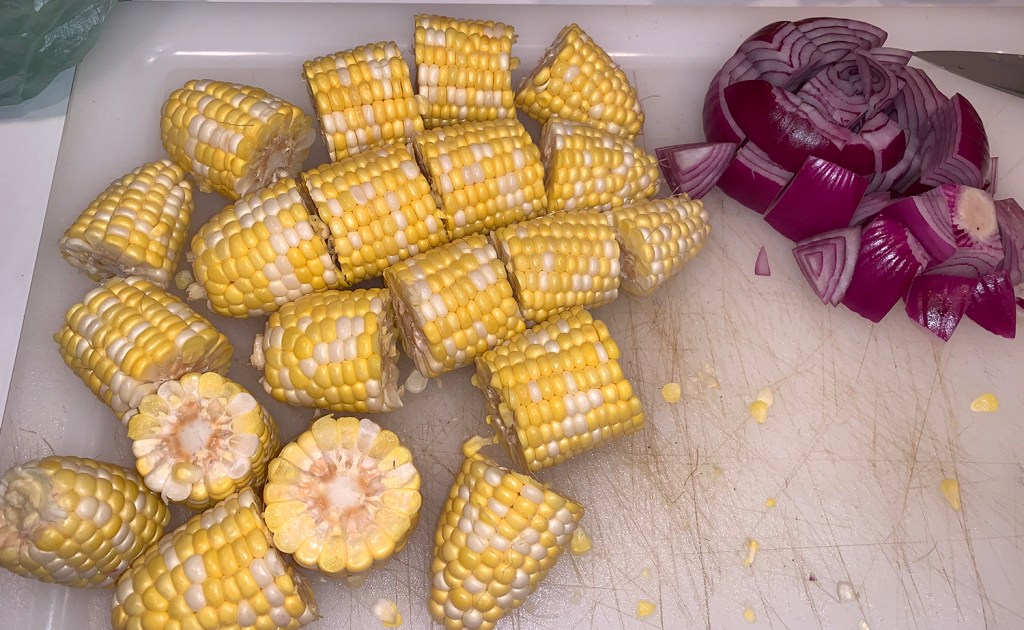Years ago, The Mr. came up with this marinade for lamb which can easily be doubled, or even tripled depending on the amount of meat you’re marinating. In this case, we were grilling a small lamb-top weighing in at just over a pound, however the recipe below yields a 1/2 cup and would cover up to about three pounds worth.
You can substitute any vinegar of your choice in place of the lemon juice. If you don’t have fresh rosemary, substitute 2 teaspoons of dried. It is highly recommended that you use a large mortar and pestle (even to the point of buying yourself a set says The Mr.), otherwise, a mini-processor can work to make the garlic, salt and rosemary paste.
Our lamb was grilled to an internal temperature of 125° for medium-rare. Make sure to have an instant read thermometer to check for doneness. We expected our meat to be finished sooner than it did, but because it was vacuum-packed it actually puffed up once out of the package and became thicker! And of course it needs to rest for 5-10 minutes so the juices redistribute.

The sides of grilled vegetable medley and hot fresh corn on the cob were perfect accompaniments for the summer meal. There will be extra marinade after you put the lamb on the grill, so if you’re so inclined, you can baste the meat with it or, like we did, mix some in with your grilled veggies as they cook. (Psst, it is equally as tasty on chicken and pork.)
Lamb Marinade
Ingredients
- 3 cloves garlic, smashed and peeled
- 1 tsp. Kosher salt
- 1/4 tsp. freshly ground black pepper
- 2 Tbsp. fresh rosemary leaves, coarsely chopped
- 2 Tbsp. Dijon mustard
- 2 Tbsp. lemon juice (or vinegar of your choice)
- 1 Tbsp. soy sauce
- 1/4 cup extra-virgin olive oil
Directions
- Place the garlic cloves in a mortar and add the salt. Pound the garlic into a paste, then add the rosemary and 1 teaspoon EVOO and continue pounding into a homogenous paste.
- Scrape the mortar mixture into a bowl deep enough for whisking and add the black pepper, mustard, lemon juice (or vinegar), soy sauce, and the remaining olive oil. Whisk until mixture is emulsified.
- Pour the marinade over the lamb if using for a leg or other large cut. Otherwise, place the lamb in a large resealable bag, add the marinade, seal, and massage to coat all of the meat.
- Refrigerate for at least 1 hour, up to 24 hours.








